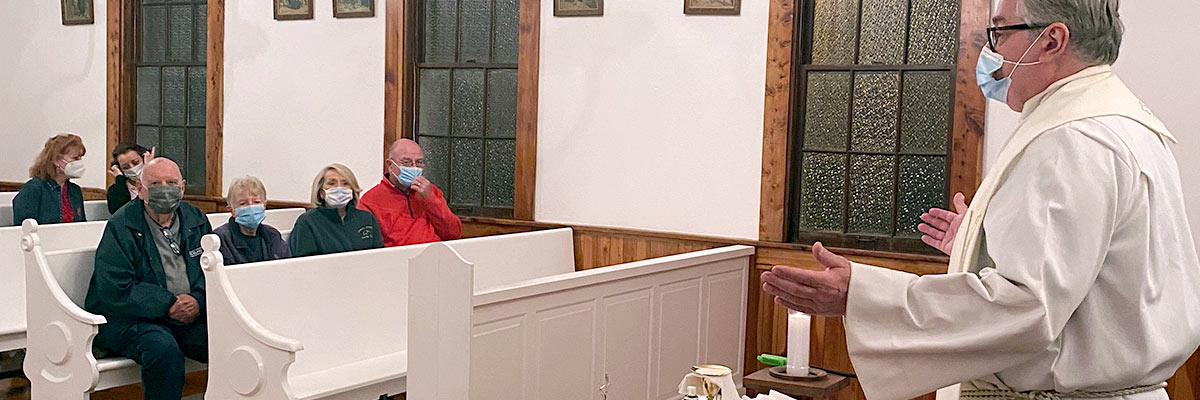Official Website of the
Catholic Diocese of Little Rock
Mass music is meant for whole assembly’s full, active participation
Published: January 13, 2007
By Dr. Linda Webster
Music — it soothes the soul and shouts praise to our creator. It expresses joy, sorrow, hope and even gives voice to our fears. We’ve all sung from the time we were children. We learned nursery rhymes and singing games that called for loud voices, lots of energy and a total commitment to the song and game. We also learned through the years that some people sound much better than others when they opened their mouths to sing. The next time you look at the faces around you while your congregation is singing during Mass, I’ll bet you won’t find those nice, loud playground voices energetically singing with total commitment. In fact, many of our parishioners seem rather embarrassed to be caught singing, at all. Is it an inability to read music? Selfconsciousness about the quality of one’s voice? Discomfort with song as part of worship? Or perhaps some of all three? The 1967 Sacred Congregation of Rites document, “Musicam Sacram,” tells us music should be selected with an eye for the capacities of those who will be singing. (I, 9) Ornate singing is not the goal (I, 11) of vocal music in the worship service; rather the goal is to provide an opportunity for the faithful to participate fully, consciously and actively in the liturgy. (I, 15) In other words, choirs are nice and rigorously rehearsed choral music is always a delight to the ear, but the point of song at Mass is for the congregation to pray aloud in song — together. Given that there is plenty of music to be sung and plenty of people to do the singing, how can we make this a joyous part of our worship celebration? Some of the responsibility lies with the liturgists responsible for selecting and preparing music. Meeting together to discuss not only the selection of hymns and responses but the capability of the congregation to read, understand and respond appropriately to the musical cues is important. Notice how many more voices confidently join in when the hymn is an old-fashioned, four-beats-to-the-measure standard with very few rests and no shifting tempo than when it’s a more contemporary song with calling for some ability to understand musical notation. Most of the responsibility, however, lies with the congregants. We are gathered to pray together, not pay attention to the quality of one another’s voices. When we lift our petitions to God in song, should those petitions not sound as loudly and forcefully and joyfully as when we pray in any other mode? Perhaps dropping our inhibitions about how we sound or whether we come in on the right beat is difficult, but it’s part of the humility we offer the Lord in prayer. Whenever I visit a different parish for Sunday Mass on my travels, I’m always eager to find out which hymns have been selected for worship; which service music we’ll be singing; and how the music is presented within the liturgy. We have such a rich treasury of vocal music in our Catholic tradition and so many ways to shout for joy in song at Mass. Do it; shout for joy and sing out the next time you’re at Mass. Maybe those around will catch your enthusiasm and the parish will ring with hosannas. Dr. Linda Webster, a member of St. Mark Church in Monticello, has a bachelor’s degree in theology from St. Gregory University in Shawnee, Okla.









